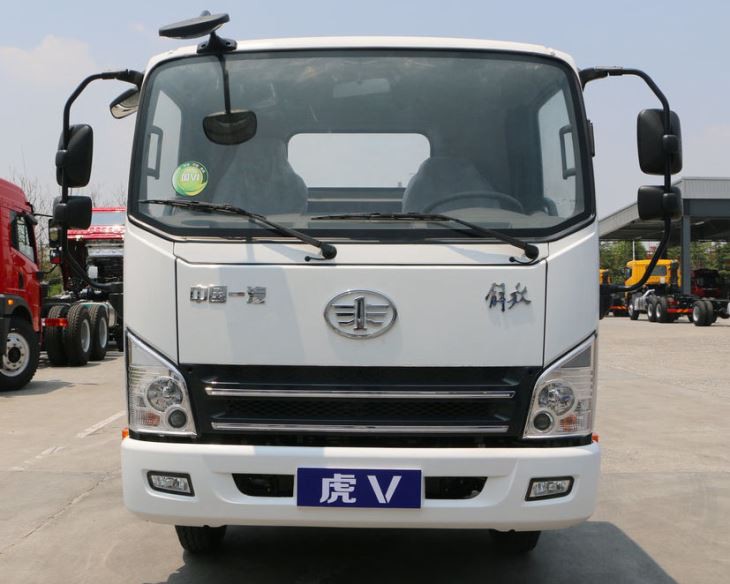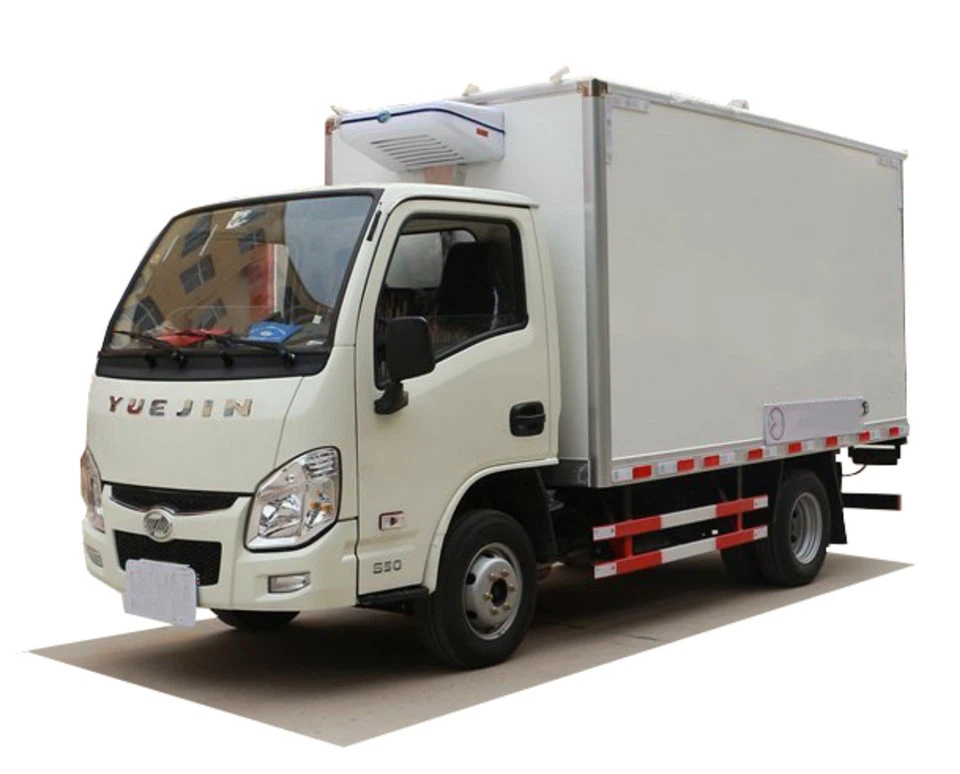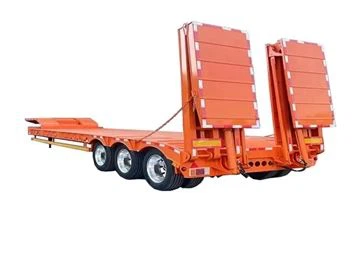When it comes to heavy-duty trucks, the Peterbilt 220 stands out for its performance, reliability, and versatility. Designed for vocational applications, this model meets a wide range of transportation needs, making it a favorite among truck enthusiasts and fleet owners alike. In this article, we will explore the various aspects of the Peterbilt 220, its specifications, features, and much more to help you understand why it could be the right choice for you.
Table of Contents
- Specifications of the Peterbilt 220
- Key Features of the Peterbilt 220
- Performance and Efficiency
- Available Configurations
- Customization Options
- Maintenance and Care
- Cost and Financing Options
- User Experiences and Testimonials
- Frequently Asked Questions
Specifications of the Peterbilt 220
The Peterbilt 220 is renowned for its robust construction and user-friendly design. Below are the main specifications:
| Specification | Description |
|---|---|
| Engine Type | Various diesel engines, typically PACCAR MX-11 |
| Horsepower | Up to 450 hp |
| Torque | Up to 1,650 lb-ft |
| Transmission | Automatic and Manual options available |
| Wheelbase Length | Various lengths starting from 141 inches |
| Maximum Payload | Varies based on configuration, generally more than 20,000 lbs |
Key Features of the Peterbilt 220
The Peterbilt 220 comes equipped with several features that enhance its usability and driver’s comfort. Here are some notable features:
1. Ergonomic Cab Design
The cab of the Peterbilt 220 is designed with the driver in mind. With ergonomic seating and controls, long hours of driving become much more manageable.
2. Advanced Safety Features
- Anti-lock braking system (ABS)
- Stability control
- Lane departure warning system
3. Fuel Efficiency
Thanks to its aerodynamic design and powerful engines, the Peterbilt 220 is known for exceptional fuel efficiency, which can save money in the long run.

4. Customizable Layouts

The truck’s interior can be customized according to the user’s needs, whether it be for comfort or utility.
Additional Features
- Bluetooth connectivity
- Integrated navigation systems
- Generation 2 Digital Dashboard
Performance and Efficiency
The performance metrics of the Peterbilt 220 make it suitable for a variety of heavy-duty tasks:
Engine Performance
The PACCAR MX-11 engine provides exceptional torque and horsepower, ensuring that the truck performs exceptionally well even under heavy loads.
Fuel Economy
Equipped with features aimed at improving fuel consumption, the Peterbilt 220 has proven to deliver excellent miles per gallon (MPG), thereby reducing operational costs.
Towing Capacity
With a strong chassis and engine, the Peterbilt 220 can tow heavy loads efficiently, meeting the demands of various vocational applications.
Available Configurations
The Peterbilt 220 is available in multiple configurations to meet diverse vocational needs. Here are some popular choices:
1. Standard Cab Configuration
This configuration is ideal for those needing a straightforward setup without extra frills for transportation tasks.
2. Crew Cab Configuration
Providing space for extra passengers, this option is perfect for jobs requiring teamwork.
3. Box Truck Configuration
Often used for deliveries, this configuration offers impressive cargo capacity.
4. Flatbed Configuration
Perfect for transporting heavy machinery or construction materials, this variant maximizes payload capability.
Customization Options
One of the standout features of the Peterbilt 220 is its ability to be customized according to user preferences:
1. Interior Customization
Fleets and individual owners can add personalized touches to the interior, including seat materials, colors, and dashboard layouts.
2. Exterior Customization
Colors, finishes, and aftermarket accessories can enhance not only functionality but also aesthetics.

3. Technology Upgrades
Tech-savvy owners can equip their trucks with the latest GPS systems, advanced sound systems, and connectivity options.
Maintenance and Care
Regular maintenance is crucial to keeping the Peterbilt 220 running smoothly. Here are some maintenance tips:
1. Regular Oil Changes
Changing the engine oil every 10,000 miles or as recommended can help prevent engine wear.
2. Tire Maintenance
Regularly inspect tires for wear and inflation to ensure safety and efficiency. Schedule rotations every 6,000 to 8,000 miles.
3. Brake Inspections
Brake systems should be inspected regularly to ensure optimal performance, especially if the vehicle is used for towing.
Example Maintenance Schedule
| Maintenance Task | Frequency |
|---|---|
| Oil Change | Every 10,000 miles |
| Tire Rotation | Every 6,000 to 8,000 miles |
| Brake Inspection | Every 10,000 miles |
| Fluid Check | Monthly |
Cost and Financing Options
Investing in a Peterbilt 220 involves understanding its cost and exploring financing options:
1. Purchase Prices
The price for a new Peterbilt 220 can range from approximately $120,000 to $160,000, depending on specifications and customization.
2. Leasing Options
Leasing is an attractive option for many looking to minimize upfront costs while maintaining fleet flexibility.
3. Financing Plans
Many banks and financial institutions offer loans specifically for purchasing heavy-duty trucks, which could have favorable terms for interested buyers.
User Experiences and Testimonials
Understanding the experiences of other truck owners can provide valuable insights. Here’s what users are saying about the Peterbilt 220:
1. Comfort and Driver Satisfaction
Many users appreciate the comfort level of the cabin, noting it makes long hauls much more bearable.
2. Performance Under Load
Testimonies reveal that the Peterbilt 220 performs strongly even when fully loaded, which is a significant advantage for business operators.
3. Regular Maintenance Needs
Some users find that while regular upkeep is necessary, it is manageable, and parts are readily available.
Frequently Asked Questions
1. What is the average lifespan of a Peterbilt 220?
The average lifespan can exceed 1 million miles with proper maintenance.
2. Can I customize the engine?
Yes, you can choose from various engine configurations, allowing you to select based on your performance needs.
3. Is financing available for used Peterbilt 220 trucks?
Yes, many lenders offer financing options for both new and used models.
4. What types of industries commonly use the Peterbilt 220?
This truck is popular in industries such as construction, freight hauling, and utility services.
5. How does the Peterbilt 220 compare to other trucks in its class?
Many users find the Peterbilt 220 to be superior in comfort and performance when compared to similar models from competitors.
6. Are there any recalls or common issues associated with the Peterbilt 220?
Although some models may have had minor recalls, overall, the Peterbilt 220 is known for its reliability. Always check the specific unit’s history for more details.